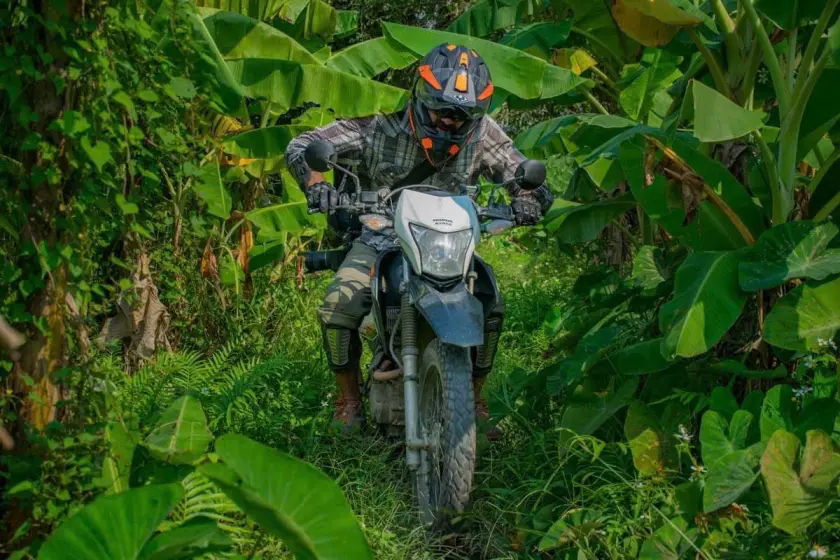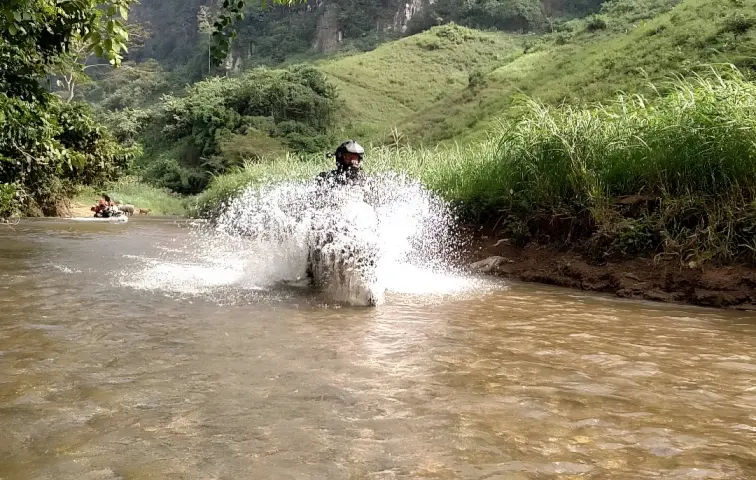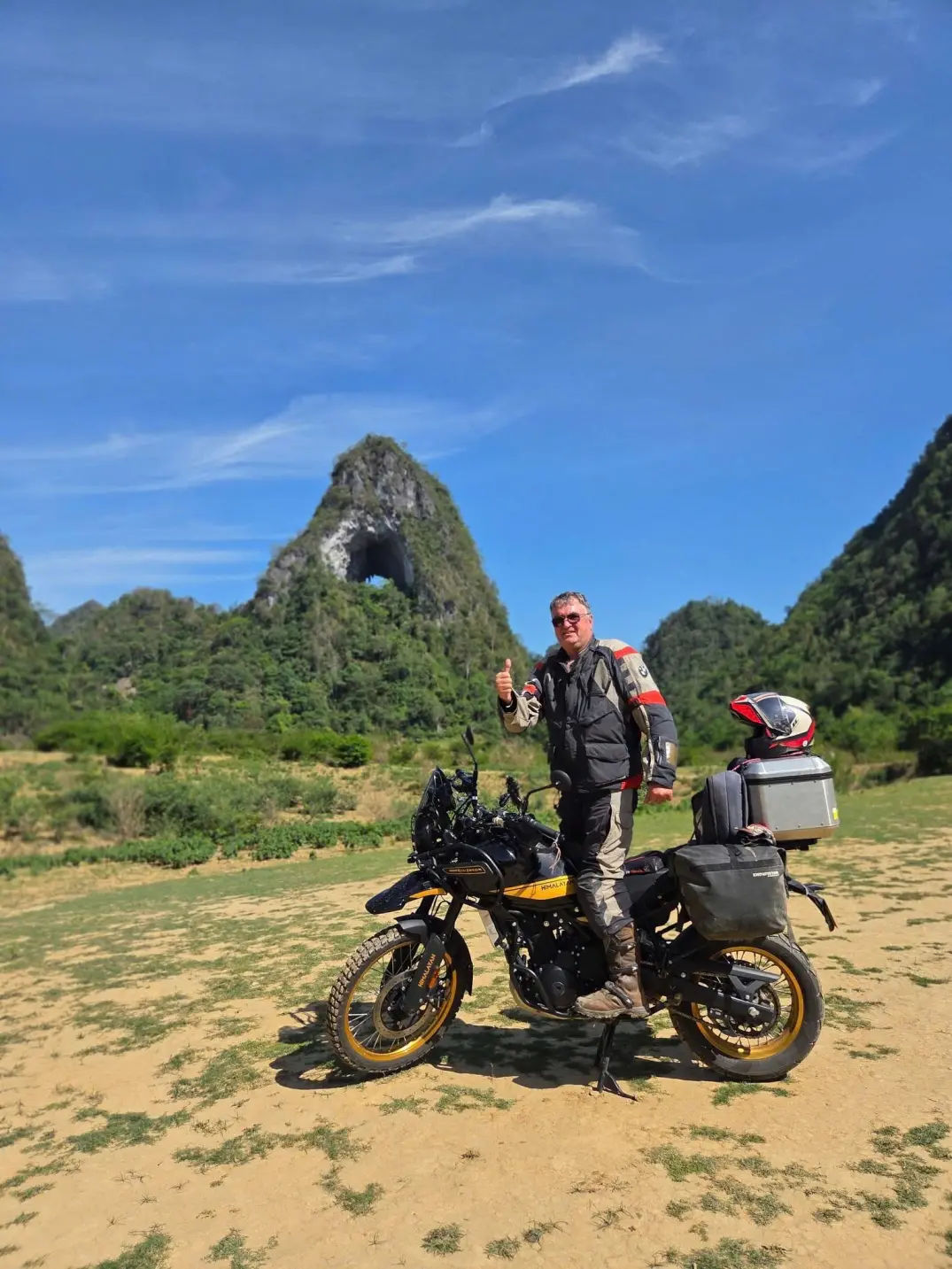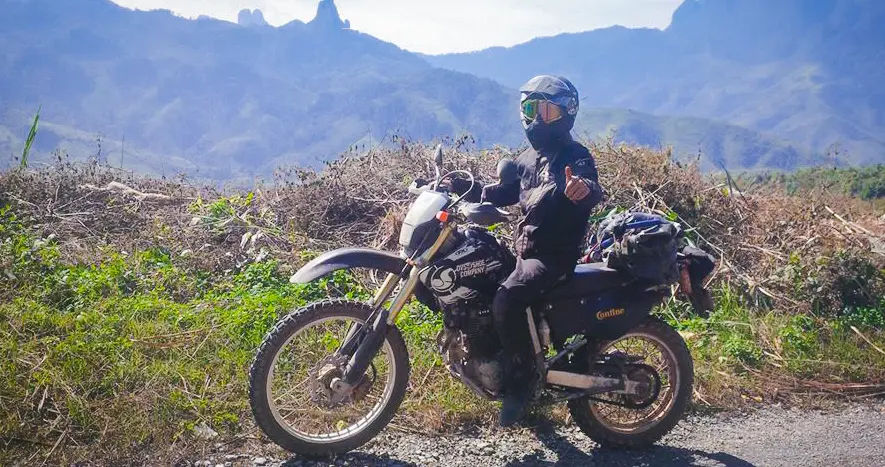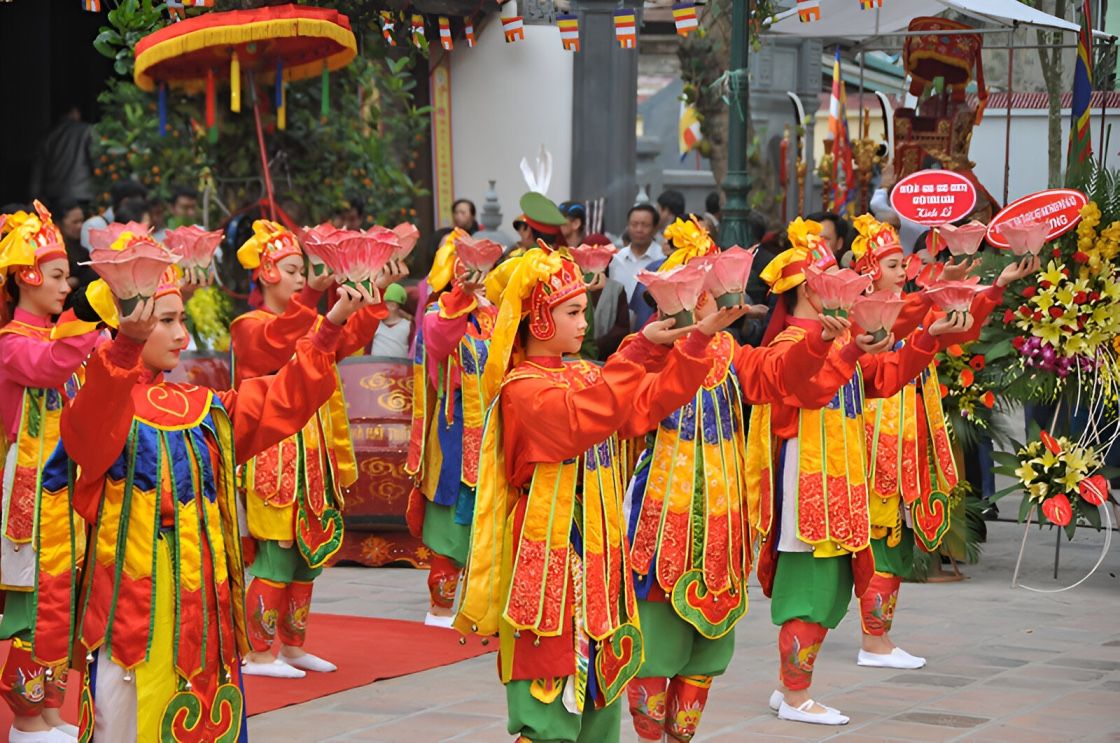
If you’re a foreigner in Vietnam (including tourists), buying a motorbike is the quickest and easiest way to explore cities and countryside alike. But navigating the buying and registration process can feel tricky at first. I’ve been through it myself, and with the right steps, you can legally own a motorbike without headaches or fines. In this guide, you’ll get practical, step-by-step advice on choosing the right bike, completing all paperwork, and hitting the road safely as a foreigner in Vietnam.
- Check out Motorcycle tours in Vietnam
Buying the right motorbike
When buying a motorbike in Vietnam, your first decision is whether to go for a brand-new model or a second-hand one. A new bike comes with a warranty, no hidden issues, and the latest features, but it will cost more. A second-hand bike is often much cheaper and already broken in, but you need to inspect it carefully, check the engine, brakes, tires, and paperwork, to avoid costly surprises later.
- Check out best dirt bike brands
You’ll also need to decide on the type of motorbike that best fits your needs. Here are the main options you’ll see on the streets in Vietnam as well as few options that is best suitable for motorcycle trips:
- Scooters: Automatic and easy to ride, easy to handle, and great for city commutes. Popular choices include the Honda Vision, Honda Lead, and Yamaha Grande.
- Semi-automatic bikes: A balance between control and convenience, ideal for both city and countryside. Common models are the Honda Wave Alpha, Honda Blade, and Yamaha Sirius.
- Manual motorbikes: Offer more power and are better suited for long-distance rides or hilly terrain. Favourites are the Honda Winner X, Yamaha Exciter, and Suzuki Raider.
- Electric bikes: Quiet, eco-friendly, and cheap to run, best for short urban rides. However, their range is usually limited, and charging infrastructure outside major cities is still developing, so they may not suit long journeys. Popular names include VinFast and Yadea.
- Dirt & ADV bikes: Designed for off-road adventures, perfect for Vietnam’s rugged mountain trails. Popular picks are the Honda CRF150L, Honda CB500X, Kawasaki KLX150, and Yamaha WR155R.
Before making your choice, think about your budget, how you’ll use the bike (daily commuting, long-distance travel, or occasional trips), its fuel efficiency, and the maintenance it will require. In busy cities, a lightweight scooter might be perfect for weaving through traffic, while in rural areas, a sturdier manual bike could be the better option. The right bike is the one that fits both your lifestyle and your wallet.
Advice on buying a motorbike in Vietnam
1. Authorized dealerships
Buying from an official dealership, such as Honda, Yamaha, or Suzuki, ensures you get a genuine bike with a warranty, proper paperwork, and professional service.
- Pros: Reliable quality, warranty, and clear legal process.
- Cons: Higher prices, less room for negotiation, and you might have to wait for certain models or colors.
2. Local bike shops and street sellers
These small, independent sellers can be found in almost every city, offering a mix of new and used bikes at negotiable prices.
- Pros: Wide selection, more affordable than dealerships, and easier to bargain.
- Cons: Quality can vary, possible hidden issues.
3. Online marketplaces and expat groups on facebook
Websites like Chotot.vn and Facebook groups such as “Hanoi Massive” or “Saigon Expats” are popular for finding deals, especially from people leaving Vietnam and needing to sell quickly.
- Pros: Often the cheapest, large variety, quick deals.
- Cons: Higher risk of scams, incomplete paperwork, and no warranty.
Essential pre-purchase checks
1. Bargain smartly
Negotiating is common in Vietnam, but the key is to do it politely. Start by asking the seller for their best price, then make a reasonable counteroffer rather than slashing the amount in half. Point out any repairs the bike may need to strengthen your case. A friendly smile and respectful tone go a long way; sometimes, building rapport can get you a better deal than hard bargaining.
2. Inspect the bike thoroughly
Check the engine for unusual noises or excessive smoke when running. Inspect the tires for wear, cracks, or bald patches. Test the brakes to make sure they respond smoothly and don’t squeal. Look over the lights, horn, and mirrors to ensure everything works properly. Finally, go for a short test ride to feel how the bike handles in real conditions.
3. Bring backup
If possible, bring along a Vietnamese friend or a trusted mechanic. They can help you spot problems you might miss and assist with bargaining in the local language. In many cases, this small step can save you from expensive surprises later.
The blue card and ownership transfer
In Vietnam, the blue card – officially known as the vehicle registration certificate – is the most important document for any motorbike owner. It proves legal ownership, lists the bike’s technical details, and is essential for registration, resale, or police inspections. Without it, you can face serious problems if the bike is stolen, involved in an accident, or needs official paperwork updates. Always check that the seller’s ID matches the name on the card. If you’re buying used, you’ll need to transfer the blue card into your name to be the legal owner. This process is essential if you want to avoid trouble at police checkpoints or when reselling the bike.
How to register a motorbike under a foreigner name
1. Where to go
Head to your local Traffic Police Office (Phòng Cảnh sát Giao thông) in the province or city where you live. If you’re an expat, this will usually be the district corresponding to your residence papers.
2. Documents you’ll need
- Passport: Expats should also bring a valid visa for at least one year, or TRC (temporary resident card).
- Proof of Purchase: This could be a sales contract from a dealership or a notarized sales agreement if buying second-hand.
- Blue card: The vehicle registration certificate from the previous owner.
- Residency Papers: Vietnamese citizens provide their household registration (sổ hộ khẩu), while foreigners provide temporary or permanent residence certificates.
3. Timeline
Once submitted, processing usually takes 2-7 working days, after which you’ll receive your new blue card with your name on it.
How license plates are issued in Vietnam
1. How plate numbers are assigned
When you register a new motorbike, the Traffic Police Office will issue a license plate automatically. The number is generated by the system and cannot be chosen by the owner (unless you pay for special auctions in certain provinces). The first part of the plate indicates the province or city where the bike is registered, for example, 29 for Hanoi or 59 for Ho Chi Minh City.
2. Motorcycles with existing plates
If you buy a second-hand bike that already has a plate, it’s common for the plate to stay with the bike. In this case, only the blue card (ownership document) changes to your name. However, if you’re registering the bike in a different province, you may need to surrender the old plate and get a new one for your location.
3. Riding while waiting for your plate
When you register a new motorbike, you’ll often receive a temporary paper plate to use while waiting for the official one. This is legal, but you must carry your registration receipt as proof in case the police stop you. Temporary plates usually last until your permanent plate is issued, often within a few days to two weeks.
Legal requirements and fees
When buying a motorbike, you’ll pay Value Added Tax (VAT), usually already included in the sale price at dealerships. You’ll also face a registration fee, which ranges from 500,000 VND to 4 million VND depending on the province and the bike’s value; big cities like Hanoi and Ho Chi Minh City are on the higher end. Additional charges can include number plate fees and, in rare cases, notarization costs for second-hand purchases.
2. Insurance
Vietnamese law requires every motorbike owner to have at least basic civil liability insurance. This covers damages to other people or property in the event of an accident, but not your own injuries or bike repairs. Prices for basic policies start from around 60,000-70,000 VND per year. You can also purchase optional comprehensive insurance that covers theft, natural disasters, and your own vehicle’s damage; costs vary depending on coverage and bike value.
3. Penalties for riding without proper paperwork
If the traffic police stop you in Vietnam and discover that your motorbike isn’t legally registered—whether the blue card is fake or the bike was never registered—you’re in serious trouble.
The police can confiscate your motorbike on the spot, and the fine can reach up to 20 million VND (around $800 USD). I’ve seen this happen to other foreigners who tried to cut corners, and it’s not worth the risk. Registering your motorbike properly saves you stress, money, and the possibility of losing your ride altogether.
Bottom line: Can Foreigner tourist buy a motorbike in Vietnam
No if you’re on a tourist visa, and yes, if you’re an expat with valid TRC. With your bike registered, insured, and truly yours, the road in Vietnam is wide open. The effort you put into buying it the right way pays off in stress-free rides, whether you’re darting through city traffic or gliding past rice fields. Once the formalities are done, it’s all about the simple joy of riding wherever you want, whenever you want.




